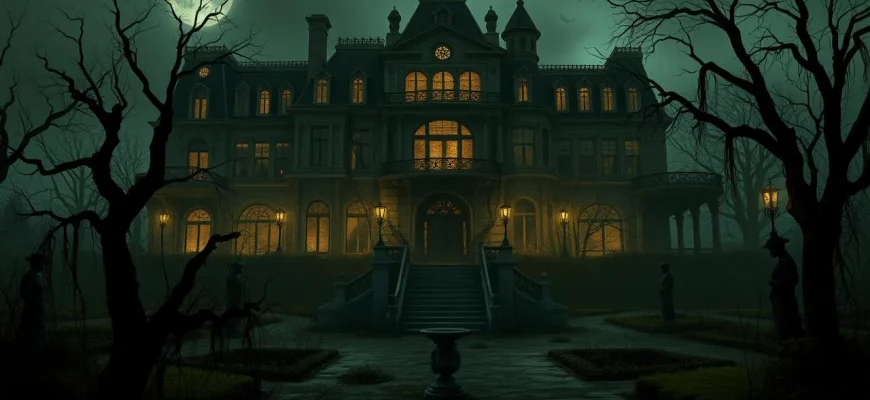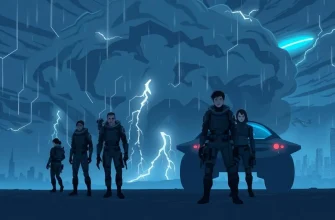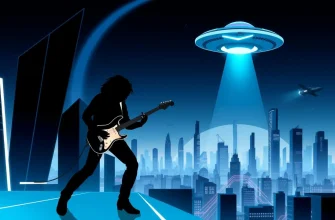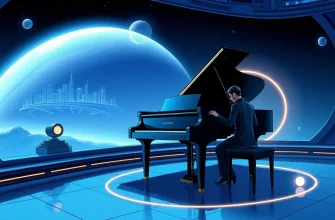Step back in time to an era where gas lamps flickered and the world was still uncharted in many ways. The early 20th century, with its blend of Victorian sensibilities and the dawn of modernity, provides a rich backdrop for horror films. This collection of 10 films delves into the eerie, the macabre, and the supernatural, offering a unique perspective on horror through the lens of a bygone era. From haunted mansions to cursed artifacts, these films not only entertain but also offer a glimpse into the fears and anxieties of a time when the world was on the cusp of great change.
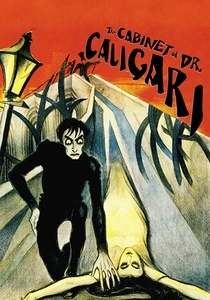
The Cabinet of Dr. Caligari (1920)
Description: A German Expressionist film, it tells the story of a hypnotist who uses a somnambulist to commit murders, set in a visually distorted world that reflects the inner turmoil of the characters.
Fact: The film's sets were designed to reflect the psychological state of the characters, creating a surreal and unsettling environment.
 Watch Now
Watch Now 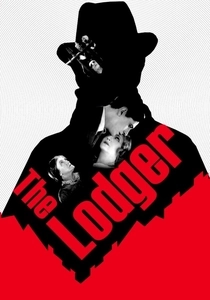
The Lodger: A Story of the London Fog (1927)
Description: Alfred Hitchcock's early thriller, this film is set in foggy London and revolves around a mysterious lodger who might be the notorious serial killer known as "The Avenger."
Fact: This was Hitchcock's first thriller, and it established many of the themes and techniques he would later become famous for.
 Watch Now
Watch Now 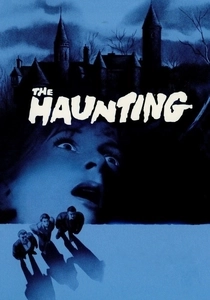
The Haunting (1963)
Description: A classic of psychological horror, this film follows a group of people who spend time in a haunted mansion to study paranormal activity, only to find themselves terrorized by the house itself.
Fact: The film was shot in black and white to enhance its eerie atmosphere, and it's based on Shirley Jackson's novel "The Haunting of Hill House."
 Watch Now
Watch Now 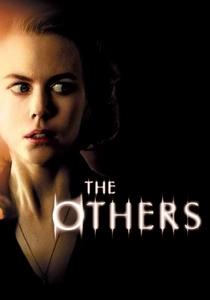
The Others (2001)
Description: Set in the aftermath of World War II, this film captures the eerie atmosphere of a secluded mansion where a woman and her two photosensitive children encounter mysterious presences, exploring themes of isolation and the unknown.
Fact: The film was shot entirely in Spain, despite its English setting. Director Alejandro Amenábar wrote the screenplay in Spanish and then translated it into English.
 Watch Now
Watch Now 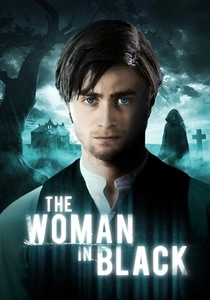
The Woman in Black (2012)
Description: A young lawyer travels to a remote village in Edwardian England to settle the affairs of a deceased client, only to encounter the vengeful ghost of a woman in black, whose presence foretells death.
Fact: The film is based on Susan Hill's 1983 novel of the same name, which was previously adapted for television in
 Watch Now
Watch Now 
The Awakening (2011)
Description: A skeptical ghost hunter in post-World War I England investigates a haunting at a boys' boarding school, only to confront her own past and the supernatural.
Fact: The film's setting was inspired by the real-life Harrow School, although it was filmed at other locations in England.
 Watch Now
Watch Now 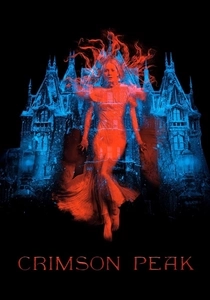
Crimson Peak (2015)
Description: In this Gothic romance, a young author is drawn to a mysterious, decaying mansion in early 20th-century England, where she uncovers dark secrets and ghostly apparitions.
Fact: The film's sets were built from scratch, including an entire Victorian mansion, to create an authentic atmosphere.
 Watch Now
Watch Now 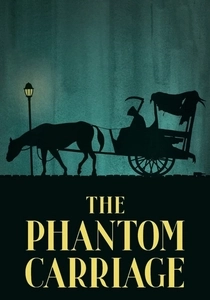
The Phantom Carriage (1921)
Description: This silent film from Sweden tells the tale of a man who learns the consequences of his actions on New Year's Eve when he is visited by the ghost of a friend, who must drive the carriage that collects the souls of the dead.
Fact: It's considered one of the first horror films to use the concept of the "phantom carriage" or "death coach."
 30 Days Free
30 Days Free 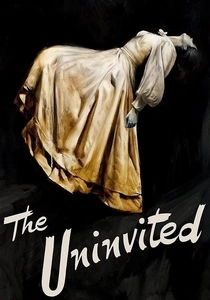
The Uninvited (1944)
Description: A brother and sister move into a cliff-top house in Cornwall, England, where they encounter ghostly presences and unravel a tragic family history.
Fact: It was one of the first Hollywood films to take the ghost story seriously, rather than treating it as a comedy or a gimmick.
 30 Days Free
30 Days Free 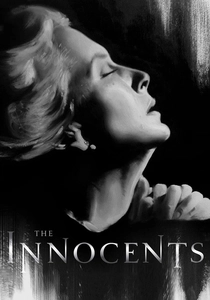
The Innocents (1961)
Description: An adaptation of Henry James' "The Turn of the Screw," this film explores the psychological horror of a governess who believes the children in her care are being haunted by the spirits of former employees.
Fact: The film was nominated for two Academy Awards, including Best Cinematography, Black-and-White.
 30 Days Free
30 Days Free 
